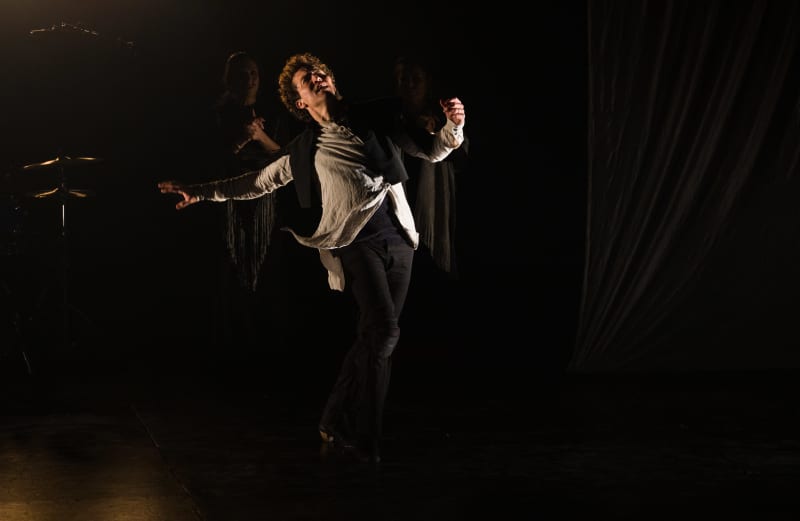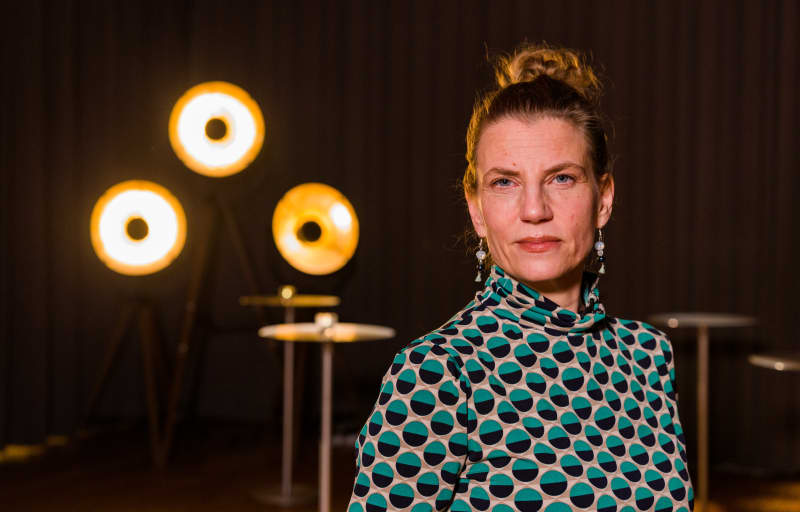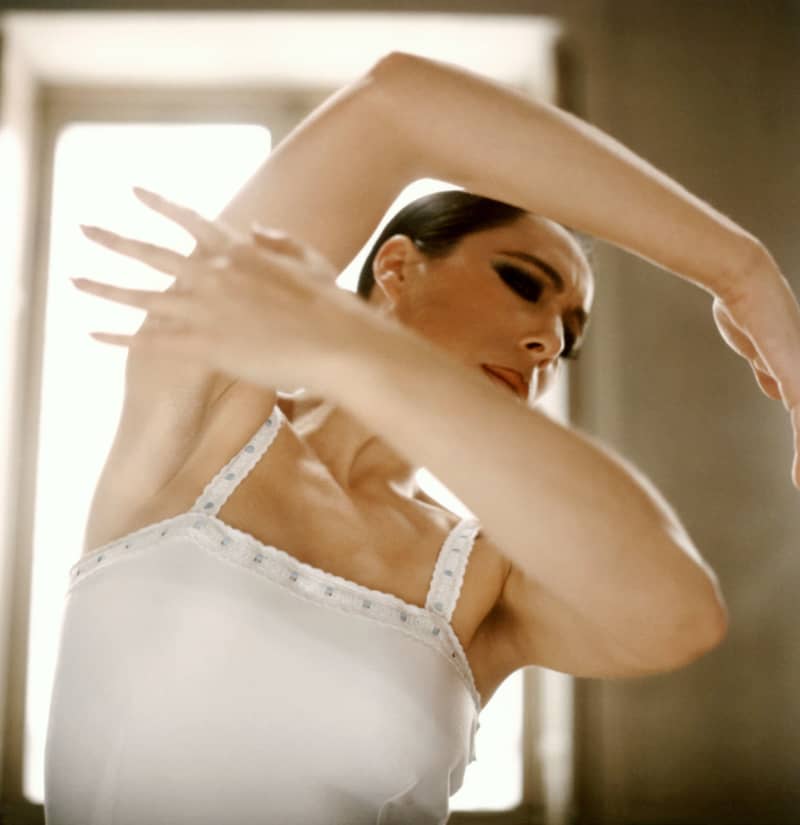Domestic flamenco festivals have faded from their heyday. A flamenco festival is currently underway in Helsinki.
Flamenco is going through a period of change in Finland. This is reflected, for example, in the Helsinki Flamenco Association.
Membership has declined over the past ten years, with just over 100 active members, about half of what it was at its peak.
The same phenomenon can be seen all over Finland. The number of associations in the sector has shrunk to about half of what it was in the golden age of Finnish flamenco. It dates from the 1990s to the 2010s.

The Helsinki flamenco association is concerned about who will continue the tradition and teaching of flamenco in the future in Finland?
The same is likely to be considered in the provinces as well.
– Children’s groups have decreased a lot, as have youth groups. Dance enthusiasts are mainly between 40 and 60 years old, says Widenius.
He is a flamenco guitarist himself.
– It has been visible for years that the same people still attend the same flamenco classes. Regeneration is really slow, says Widenius.
Carlos Saura inspired to dance
– After Spain, Japan and Finland were the next most important countries for flamenco. Finland was at the forefront globally in that we brought here artists who were just becoming really big names or already were, says Martin.

Spanish artists visited Finland to wonder what all flamenco can do. They started talking about the northern dimension of flamenco.
To the Spanish, everything seemed downright revolutionary.
– The artists queued up for Finland, they wanted to come here. We didn’t have a strong Spanish community here that would have been able to dictate what flamenco should be, says Martin.
World stars disappeared
The golden age of flamenco is a life left behind in Finland, but the art form is of interest to audiences.
Flamenco festivals are still held in Finland, but their activities have waned. In addition to the Helsinki festival, the Tampere flamenco week presented flamenco’s main artists at their best.
– We weren’t satisfied with bringing more traditional flamenco, but specifically avant-gardists. Traditional flamenco was actually a smaller part of that spectrum, says Martin.

The chairman of the Helsinki flamenco association reminds that many of the current world stars of flamenco have only visited Finland at the beginning of their careers.
– When there are fewer resources and factors, it is directly reflected in what there is capacity for. The more famous the artist, the more it costs, says Widenius.
Kaarin Martin talks about the importance of talko work in the birth of the Finnish phenomenon of flamenco. He also does not see that a like-minded young generation is growing into the industry.
– Another thing is that the amount of volunteer work has decreased. We did a huge amount of volunteer work, although we didn’t think of it as such at the time, says Martin.
*13.2. at 9:50 am The story has been completed regarding the world stars of flamenco.*
